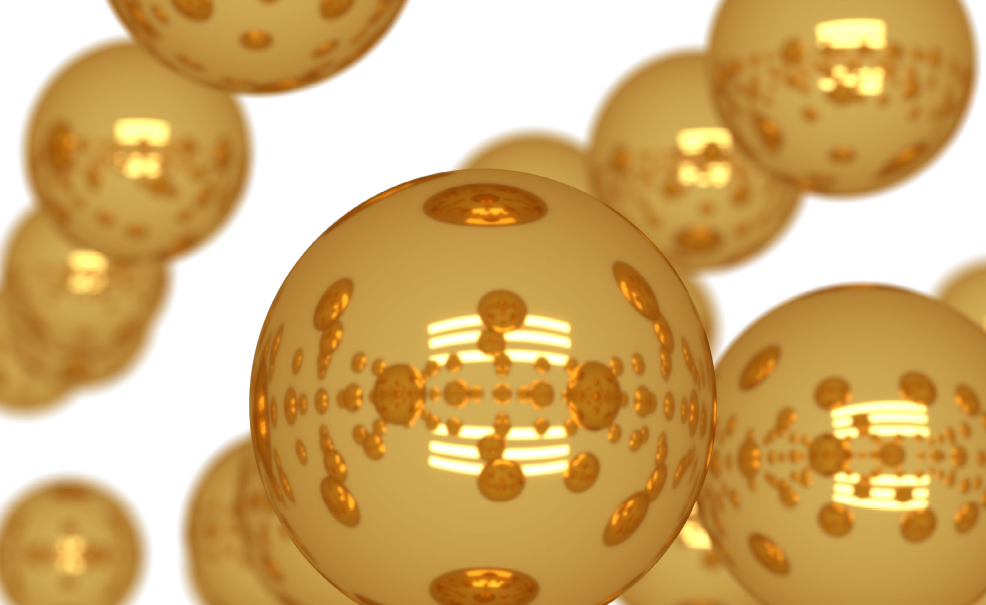Gold has a role to play in Covid-19 testing toolbox | Did you know?
The tests can also help detect if a person has been infected with Covid-19 even after the virus is no longer present.
In a blog post on March 17, World Gold Council (WGC) consultant Trevor Keel explained that tiny spherical particles of gold have been used as “indicators” in lateral flow assays (LFAs) for over 40 years.

In terms of the Covid-19 pandemic, at the time of the blog post, the Foundation for Innovative New Diagnostics’ (FIND) Covid-19 database had detailed almost 200 diagnostics which were either commercially available or in development, and it had also announced two evaluation programmes which would help ensure data on the performance of the key tests were available to healthcare authorities worldwide.
Keel explained that the majority of these tests were lab-based (so-called molecular diagnostics), but increasing numbers of first-generation biomarker LFAs were being registered and evaluated, many of which are gold-based.
Companies are also now developing LFAs that can identify the virus directly, indicated Keel.
Speaking to Mining Weekly, Keel enthused that the capability to indicate if someone has potentially already fought off a virus via antibody testing offers a number of benefits.
The test itself is straightforward to administer, therefore, specific communities or populations can be checked rapidly, allowing large datasets to be gathered and analysed.
Moreover, the tests can be performed anywhere, with results available within 10 to 15 minutes.
“LFAs are among the simplest medical diagnostics to run, and require no specialist infrastructure or personnel to perform or analyse,” acclaimed Keel.
However, he cautioned that it was critical that the limitations of the tests were also recognised, and that they were used as part of a broader suite of diagnostic tools appropriately.
“It’s very important to emphasise that these types of tests should be used as part of a toolbox of diagnostic technologies; indeed, most manufacturers do not recommend the LFA antibody test be used as a standalone tool for definitive diagnosis, rather an indicative tool for use in combination with clinical observations and other testing methods.
“If, for example, low concentrations of the antibody are present in a sample, a negative result may be incorrectly registered. However, work is ongoing rapidly to improve the sensitivity and specificity of the technology which will see improvements as the tests evolve,” explained Keel.
In terms of usage, Keel highlighted that gold-based LFA tests have reportedly been used in significant numbers in South Korea and China, and now increasingly in mainland Europe.
While he does not have data on what is being done specially in South Africa with regard to LFA technology, he indicated that it was highly likely that the government would be reviewing the availability and suitability of specific diagnostics, given that the situation around Covid-19 was evolving so rapidly.
To advance the use of these tests, Keel said manufacturers were ramping up production, with hundreds of thousands of tests now being shipped to countries across the world.
Also, considerable research and development and regulatory work was also being carried out to build on the first generation tests to improve sensitivity, and ensure the tests can be distributed and used by people that need them most.
“LFAs are considerably cheaper and becoming more readily available as companies ramp up their manufacturing capabilities. However, currently, lab-based testing is more accurate and provides the ultimate diagnosis, albeit at a time and financial cost.
“The ideal scenario, which we will hopefully reach in the coming weeks, is good availability of the whole suite of tools which include both LFAs and lab-based technologies which will enable us to better-understand and, ultimately, defeat Covid-19,” said Keel.
He indicated that the use of gold in these test would not impact on gold demand, as LFAs use gold in nanoparticle form, meaning the quantity of metal in each test is vanishingly small.
However, he emphasised that the gold within these tests was absolutely critical for their reliable operation; without the gold, there would be no visual readout.





